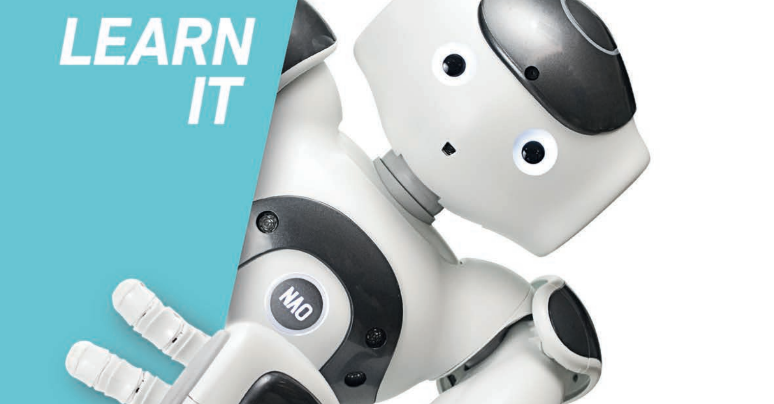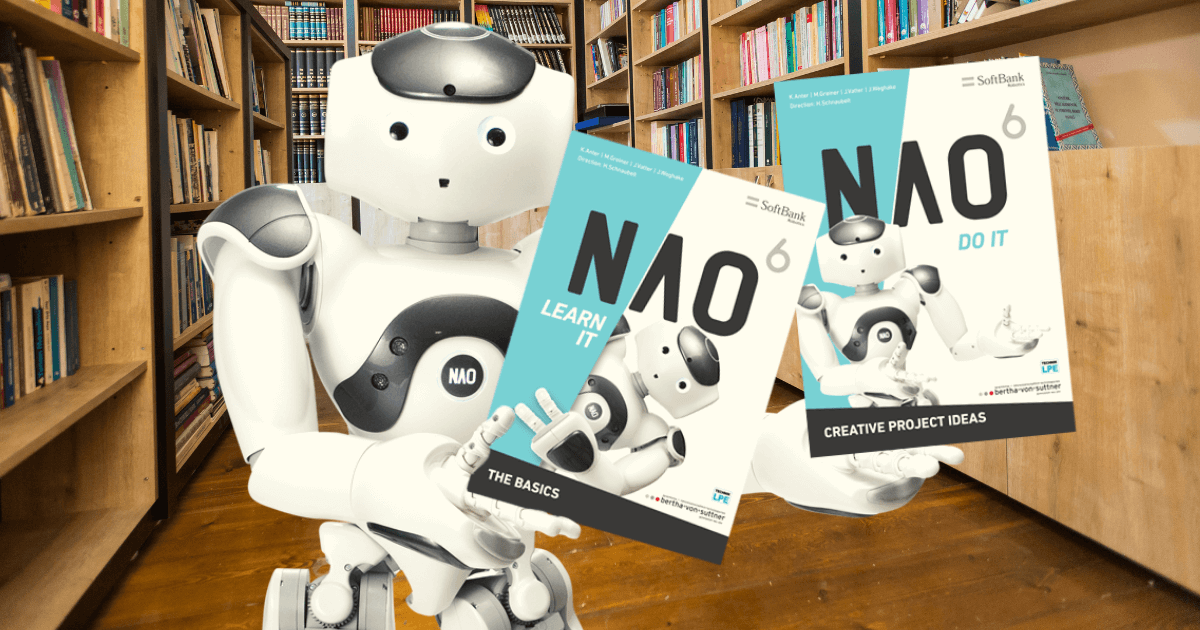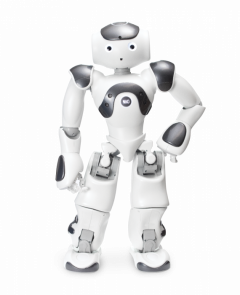One of the most impressive EdTech tools we’ve seen (and we've seen many) is the NAO Robot. This standing, talking humanoid is exceptional for familiarizing students with robotic behavior, coding, and even social-emotional skills. And, that’s just when it comes to its technical side. For students who learn differently, specifically in special education populations or Autistic students, the NAO can help provide a calming effect. It can often help these students feel more comfortable around this kind of technology. And, fortunately for educators, there are two eBooks available to help them learn how to best teach with the NAO. Today, we’re breaking down what you can find in each of them.
Each of the eBooks help educators better understand the capabilities of the NAO robot and effectively implementing it in instruction. Whether teachers and students are interested in coding or want to use the NAO on more of a social-emotional level, the extensive guides cover just about everything teachers would want to know. There are two different eBooks that educators could download: Part 1 – The Basics and Part 2 – Creative Project Ideas, both of which feature an abundance of content and provide a whole lot of value for robotics instructors.

We will warn you that the eBooks are definitely what we’d consider to be long. Part 1 spans 78 pages and Part 2 totals 141 pages (depending on the computer on which you view them). As we said, however, the material is very valuable, especially for any educator who hasn’t yet maximized their NAO in the classroom or someone who is thinking about adding one. We also feel that, with this content to refer to, it could help STEM educators justify the purchase of a NAO Robot (available below). It's definitely on the expensive side and these materials could help teachers gain administrator approval.
So, Part 1 is dedicated to covering the basics of the robot’s functions and abilities. It features easy-to-follow content for those who may be new to the NAO and to robotics in general. The topics are easy for beginners to understand and include guides for all classroom exercises. It's also very structured, allowing students, specifically, to immediately put it into practice with practical exercises using the NAO Robot.
Part 1 provides variation in serving as a tool to guide students towards more independent robotics work. It also supports teachers as they aim to accelerate those experiences when it comes to the actual programming. All in all, throughout Part 1, students can learn about connecting, controlling, and programming the NAO using its software program, Choregraphe. It also touches on using additional programming environments, such as Python and C++, once students are confident in doing so.
In the longer of the two NAO Robot eBooks (Part 2), educators will find inspiration for specific coding projects. It's a natural bridge from Part 1, allowing teachers and students to use what they learned in the first half. Students, in particular, will be able to take their experiences further with an introduction to new and more creative projects. This is their opportunity to explore more of the NAO’s robust potential—from coding to its other abilities.
The NAO is certainly capable of a lot, including listening to and responding to instructions and moving incredibly fluidly. In fact, some of the content from Part 2 of the eBook includes structured projects. They highlight many of the robot’s specific abilities in a way that students can appreciate. For example, they can try creating a program that gets the NAO to act like a sales assistant. Or, they can try to beat their robot companion in a game of rock-paper-scissors. All in all, the eBook helps students plan projects and practice programming as much as it helps teachers get to know what the NAO Robot is capable of!
The two NAO eBooks are available for download and, if you’d like to inquire about placing an order for the NAO Robot or requesting a quote, click below to visit our store! If you have any questions about the NAO, feel free to reach out to us and be sure to follow us on Twitter and Instagram for all of the latest news around EdTech and STEM education.




